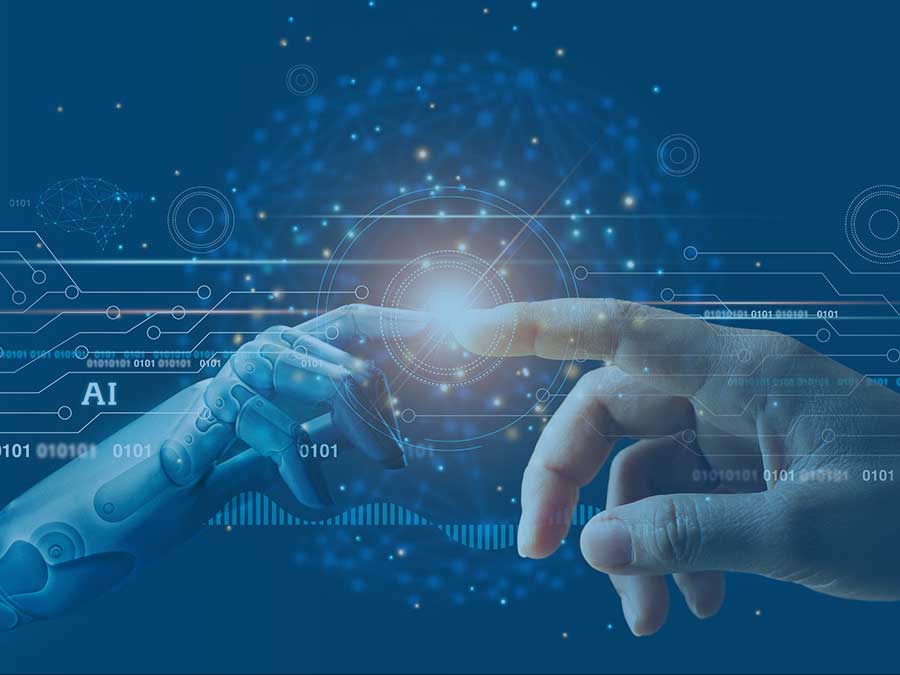The evolution of RPA and AI: Getting from efficient to next-level awesome
RPA automates repetitive and rule-based tasks. AI enables machines to perform cognitive tasks. Together, RPA and AI can transform your organization.
Reading time: 2 minutes

The buzz with my clients lately has been “AI.” Therefore, I want to shed light on the incredible benefits of Robotic Process Automation (RPA) and how it can transform your business operations before even considering the integration of Artificial Intelligence (AI). That’s right: RPA before AI.
In this era of digital transformation, organizations across industries are constantly seeking ways to optimize their processes, enhance productivity, and streamline operations. RPA emerges as a game-changer, providing a solid foundation for process automation and paving the way for future advancements.
- Enhanced Productivity: RPA eliminates repetitive and mundane tasks, freeing up valuable time for employees to focus on higher-value work. By automating manual processes, RPA significantly boosts productivity and efficiency, resulting in faster turnaround times and increased output.
- Accuracy and Quality Assurance: Humans are prone to errors, no matter how meticulous they may be. With RPA, the chances of errors and inconsistencies are drastically reduced. Robots diligently follow predefined rules, ensuring data accuracy and quality assurance throughout the process. This enhances customer satisfaction and builds trust among stakeholders.
- Cost Savings: RPA offers substantial cost savings by reducing labor-intensive tasks. By automating repetitive processes, organizations can optimize resource allocation, decrease operational costs, and achieve higher cost-efficiency. Moreover, RPA implementation typically has a faster return on investment compared to more complex AI solutions.
- Improved Compliance and Governance: Compliance with regulations and governance standards is a top priority for businesses. RPA ensures consistent adherence to predefined rules and procedures, minimizing the risk of non-compliance. It also generates detailed audit logs, providing transparency and accountability throughout the automation journey.
- Employee Empowerment: RPA is not about replacing human workers; it’s about augmenting their capabilities. By taking over monotonous tasks, RPA liberates employees to focus on tasks that require creativity, critical thinking, and emotional intelligence. This shift empowers employees, leading to higher job satisfaction and better overall work-life balance.
- Seamless Integration with AI: Finally, once an organization has established a strong foundation with RPA, it can seamlessly integrate AI technologies. The combination of RPA and AI unlocks a new level of intelligent automation, enabling businesses to harness the power of advanced analytics, natural language processing, and machine learning for more sophisticated decision-making and predictive capabilities.
As you embark on your digital transformation journey, consider the immense value that RPA brings to the table. Start small, identify the right processes to automate, and witness the transformative impact on efficiency, accuracy, and employee satisfaction. RPA before AI serves as a steppingstone towards fully integrated AI, empowering organizations to unlock their true potential in this age of automation.


